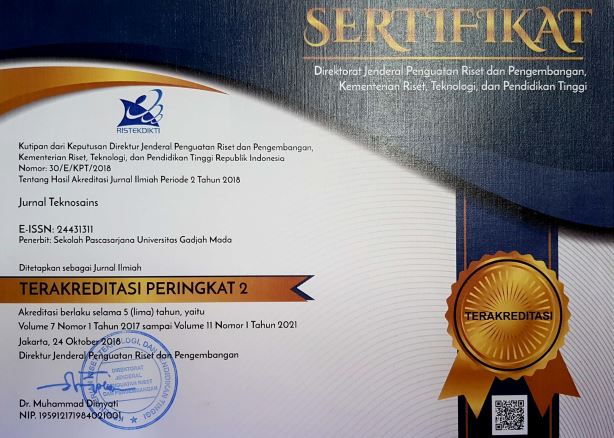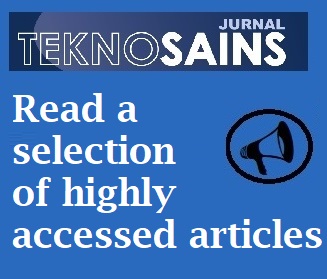KONSERVASI MATA AIR BERBASIS MASYARAKAT DI UNIT FISIOGRAFI PEGUNUNGAN BATURAGUNG, LEDOK WONOSARI DAN PERBUKITAN KARST GUNUNG SEWU, KABUPATEN GUNUNGKIDUL
Sudarmadji Sudarmadji(1*), Slamet Suprayogi(2), M. Widyastuti(3), Rika Harini(4)
(1) Pengelola Program Studi Ilmu Lingkungan Sekolah Pascasarjana Universitas Gadjah Mada
(2) Fakultas Geografi Universitas Gadjah Mada
(3) Fakultas Geografi Universitas Gadjah Mada
(4) Fakultas Geografi Universitas Gadjah Mada
(*) Corresponding Author
Abstract
Spring is as one of the water resources potential that can not be ignored. Gunungkidul district has three physiographic units: Baturagung Hills, Wonosari Basin and Gunung Sewu Karst Hills. All of them affect the distribution of springs in the Gunungkidul Regency. On the other hand, physiography will affect the community adaptation to the environment. It will contribute to the springs conservation effort. The purposes of this research are: 1) to identify the characteristics of springs, 2) to analyze the community participation in conserving the springs as basic information to develop spring conservation models. To identify the socio-economic characteristics and the springs characteristics in the research areas use a survey method. Unit sampling and analysis is done purposively based on three zones: Baturagung Hills, Wonosari Basin and Gunung Sewu Karst Hills. Socio-economic survey was done by sampling on the 90 respondents, divided into 3 zones through direct interviews using quetionare. Quantitative descriptive analysis was performed through statistical tests. The results show that the quality of spring water in all physiographic zones meet to the water quality standard, except those for colli bacteria. The discharge of karst springs in the hills of Gunung Sewu greater than the discharge of the two other zones. The springs distribution is more in Wonosari Basin and Karst Hills of Gunung Sewu than Baturagung Hills. The level of the community participation in springs conservation is mostly done in groups through user spring groups. Generally, socio-economic factors affect to the level of participation in prevention of springs damage.
Full Text:
PDFArticle Metrics
Refbacks
- There are currently no refbacks.
Copyright (c) 2014 Sudarmadji Sudarmadji, Slamet Suprayogi, M. Widyastuti, Rika Harini

This work is licensed under a Creative Commons Attribution-ShareAlike 4.0 International License.
Copyright © 2024 Jurnal Teknosains Submit an Article Tracking Your Submission
Editorial Policies Publishing System Copyright Notice Site Map Journal History Visitor Statistics Abstracting & Indexing









